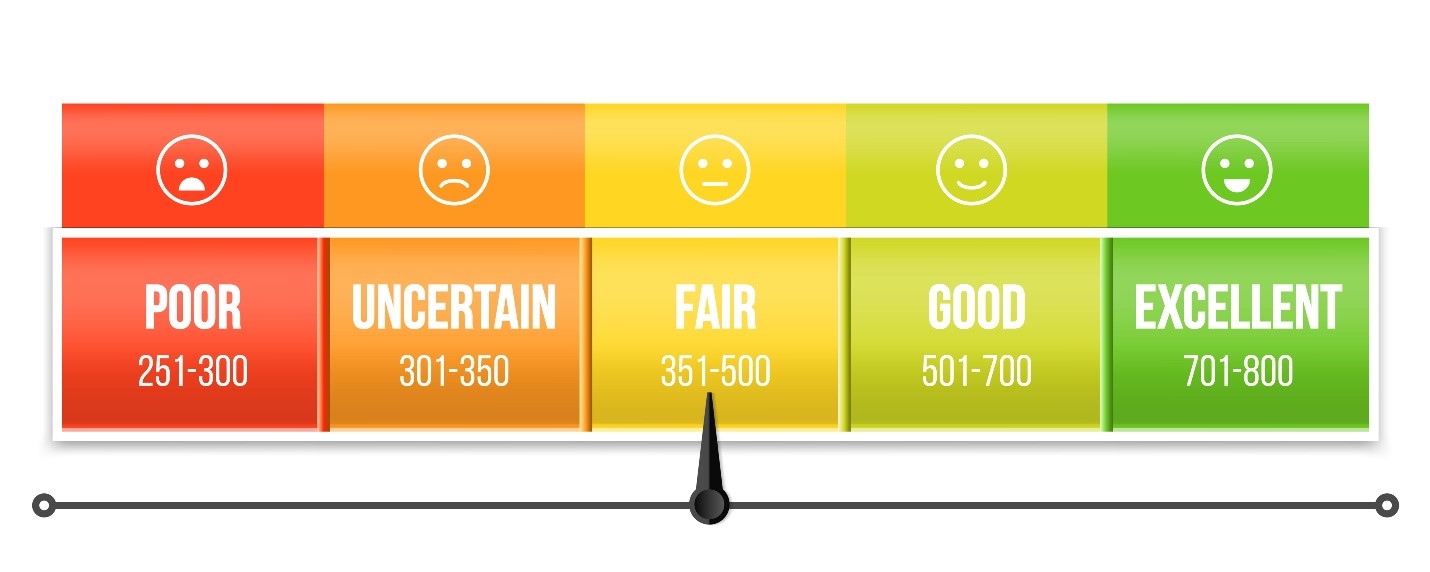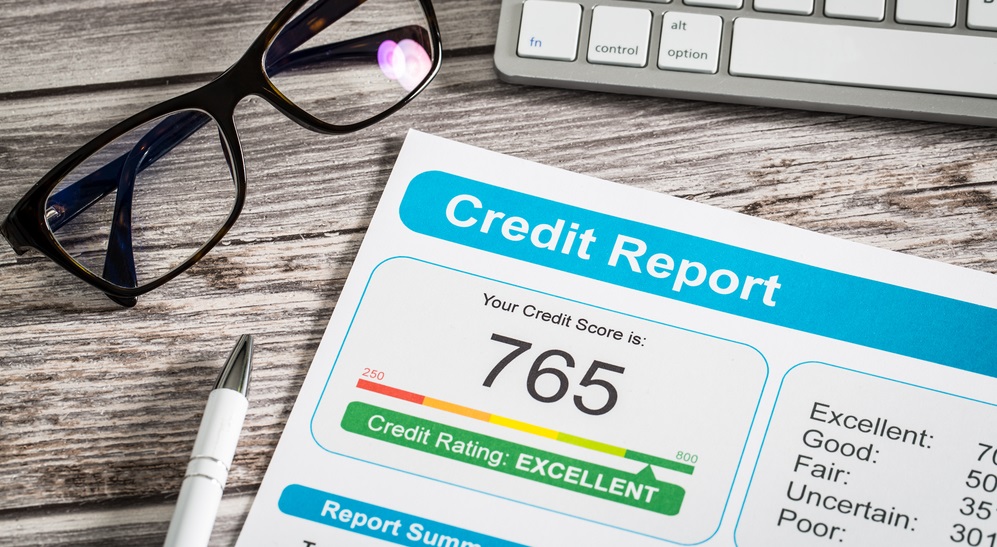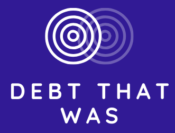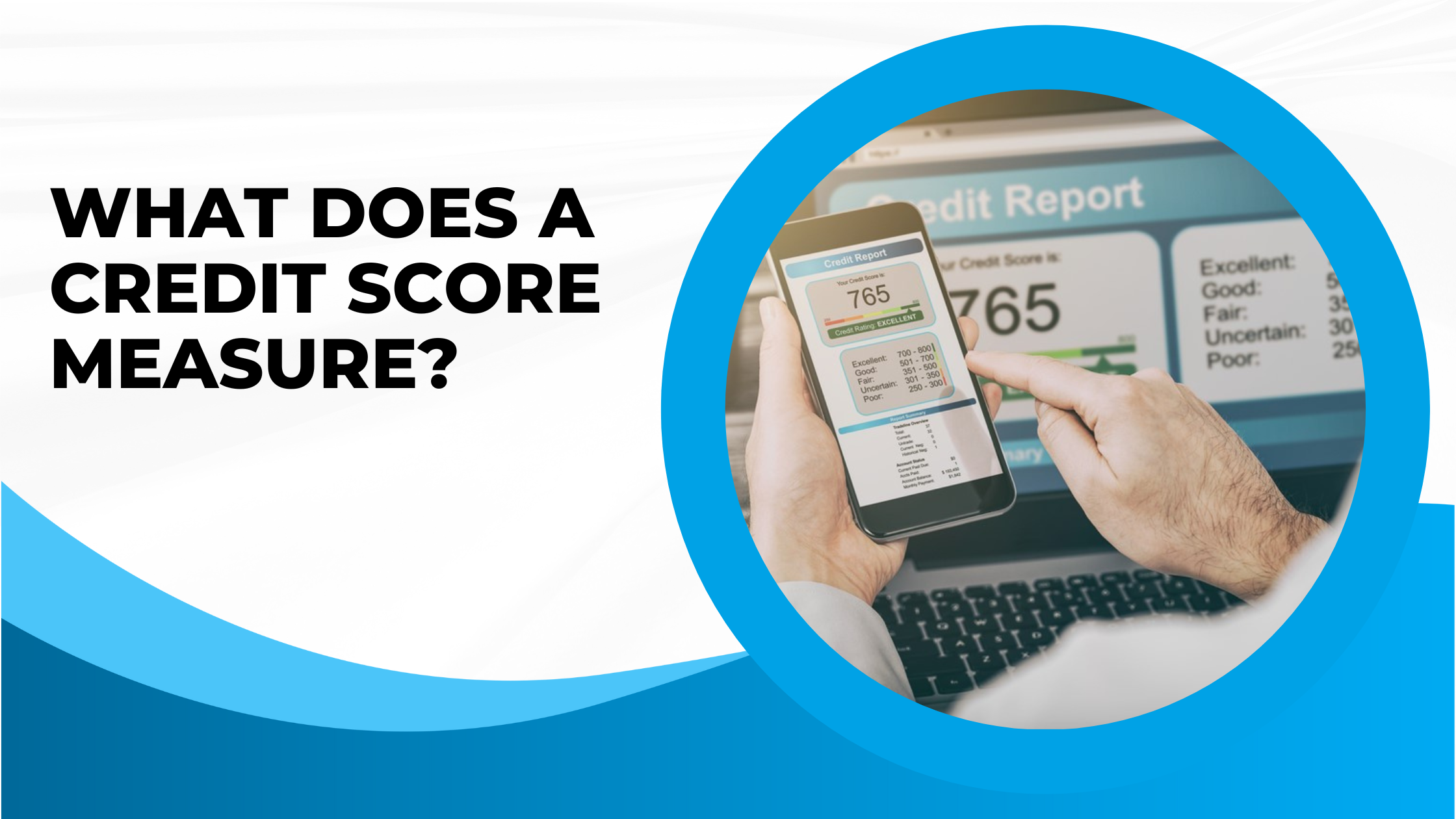You have probably heard of a credit score. It’s extremely important when you try to borrow money. Every American has a credit score.
What does a credit score measure?
A credit score measures your trustworthiness for an institution to lend you money. The higher your credit score, the more likely you will be lent money or qualify for a credit card.
Read on to find out how your score can be checked and hopefully improved.
Table of Contents
ToggleWhat is a credit score?
Understanding what a credit score is intended to measure requires you to understand key concepts:
- The intention of a credit score
- How credit scores are calculated
Knowing how to look up your credit score is also very important.
If you understand all of these key concepts, you’ll know what a credit score from the credit bureau is intended to measure.
A better score will help you build better credit.
Increase your credit score
If you don’t know what you can do to improve your credit score or why your credit score is essential, then you’re stuck dealing with bad credit.
If you follow some basic tips, you can work towards having a great credit score and credit file that can open doors to greater credit.
So, let’s try to understand the scoring model being used.
What Is a Credit Score Intended to Measure?
Credit scores are three-digit figures intended to measure the likelihood that someone will repay their credit and debt obligations.
The system of credit scores was built to simplify the credit securing process.
The higher your credit score, the higher the likelihood of you being able to borrow larger amounts of money.
Credit scores are an objective and standard measure to compare borrowers easily.
Doing due diligence before lending money was incredibly labor-intensive before there were credit scores.
The standards for a credit profile were also less clear, making it much more challenging to obtain credit.
The Major Credit Score Calculating Systems
Today, two major credit score calculating systems are Vantage Score and FICO credit score.
Vantage Score was created in 2006 by major credit bureaus and has been worked to make it match the scoring range that FICO features.
FICO was created in 1989 by the Fair Isaac Corporation, and the scores that FICO provides are used by 90 percent of the top credit lenders.
Both Vantage and FICO have credit scores ranging from 300 to 850. Below you’ll find a photo of what the credit scoring model and scale look like:

How Do Credit Scores Get Calculated?
Every significant financial institution feeds US consumer data to the three major credit bureaus (Equifax, TransUnion, and Experian).
Credit bureaus store and compile all of the credit data given to them. Then, Vantage Score and FICO pull the credit data from the three significant credit bureaus into their score-calculating systems to create an individual’s final credit score.
While there are differences between Vantage Score and FICO scores, much of what they do is similar.
Five criteria are important when creating credit scores:
- inquires
- diversification
- length
- credit utilization
- credit history
Applying for Credit
Applying for new credit can negatively affect a credit score for up to six months. This is 10 percent of the FICO score.
What can you do?
- Limit how often you interact with financial institutions and stay away from applying for credit and setting up any kind of account that gives you credit.
- Understand that allowing financial institutions to run your credit score report can negatively impact your score. These are called hard inquiries and will appear on your overall credit report and impact your final credit score.
However, soft inquiries don’t require your permission, which will not appear on your credit report and won’t impact your final credit score.
Some examples of soft inquiries are looking up your credit score or having background checks done.
Diversification of Credit
Having a diverse mix of different types of credit is a good thing. This will account for 10 percent of your FICO score.
What can you do?
- Be aware that having different kinds of credit can improve your credit score. However, this does not mean that you should add more debt at the expense of the other criteria below.
- Learn about what good credit is and what bad credit is. This will help you make more informed decisions about what kind of credit you should be applying for.
Length of Debt
The age of your accounts, including credit, is responsible for 15 percent of your FICO score.
What can you do?
- When you’re young, obtain credit when you can—even as an authorized buyer on your guardian’s credit card, obtain federal student loans, and start with a secured credit card.
Also, getting a credit-building loan or getting a loan using a cosigner are great ways to start establishing credit at a young age. - Try to keep these early types of credit active and open.
Credit Utilization
Credit utilization equals the sum of the credit you owe divided by the account credit limit. The lower the utilization number, the better your credit score is. This accounts for 30 percent of your FICO score.
What can you do?
- Try to prevent your credit card balance(s) from getting too high.
- Talk to your bank about if you can increase your credit card limit. This is an excellent solution if you find that you’re maxing out your credit cards all the time but can still pay them off.
- Keeping your credit cards open is an easy way to keep your sum of account credit limits higher.
Regular Payment History
Your payment history on your credit holds the most weight in calculating your credit score. This is about 35 percent of FICO.
What’s being analyzed here is if you’re making your payments on time.
Any collections and bankruptcies that appear on your credit history will significantly impact your final credit score that the credit bureau reports.
What can you do to achieve a good credit score?
- Pay your credit card bills on time.
- Take advantage of automatic payments and place reminders on your calendar because they can be powerful tools to help prevent you from missing a payment.
- You should review your credit report annually. Your credit report is produced by the three main credit bureaus and will include all critical credit information. If you find any errors, you should dispute them to ensure that your credit score itself is accurate.

Finding Your Credit Score
Vantage Score and FICO don’t hand out credit scores to individuals, but several sources can help you find your credit score.
Banks (Chase, Citi Bank), credit unions, and credit card providers (American Express, Chase) provide services that help track your credit score. However, you must note that these services are usually offered for a fee.
You could opt to use free services, such as Credit Karma, which provides online tools to help you find your credit score and advise what you can do to improve your score.
This can all be done without impacting your credit score.
What is a credit score intended to measure?
A credit score measures your likeliness of repaying your debt obligations. It’s an important number because it shows credit providers if you’re a good candidate for credit.
Having a low credit score means you aren’t great at paying off your credit, while a high credit score means you are great at paying off your credit.
By understanding that there are five different criteria for calculating your credit score (inquiries, diversification, length, credit utilization, and credit history), you’ll better understand what you can do to improve your final credit score.
Having a solid credit rating is a powerful tool that can be used at your disposal because it can help you qualify for a mortgage or car loan with low-interest rates, saving you money. Understanding what a credit score is intended to measure is so important.
It can indirectly save you money and help you obtain great credit that you wouldn’t have been able to get before you learned what you could do to help your credit score.

